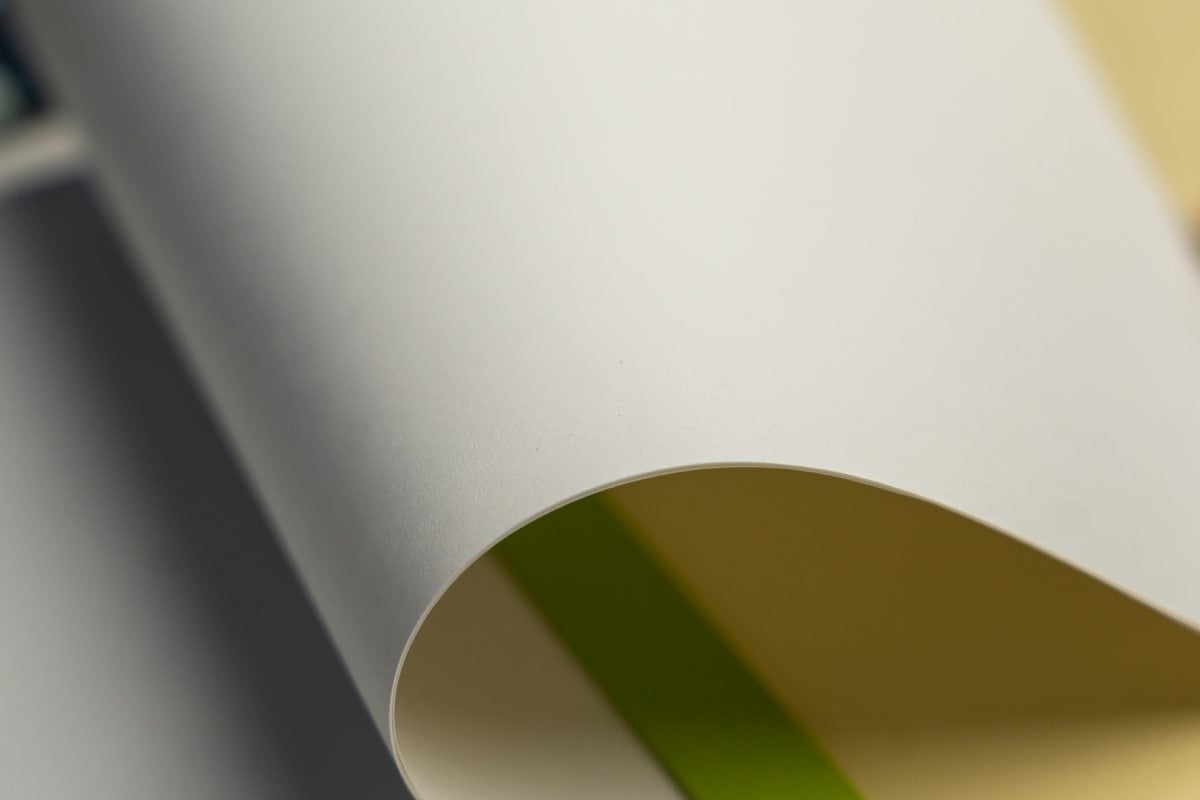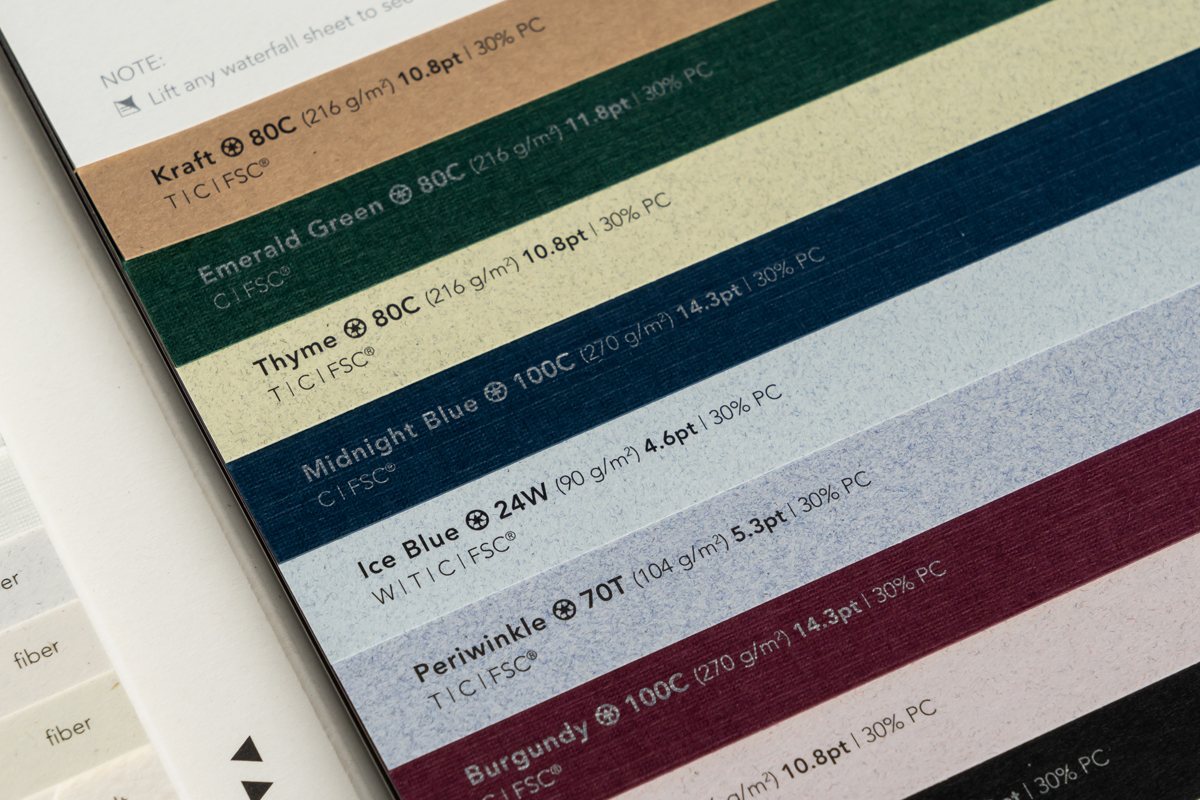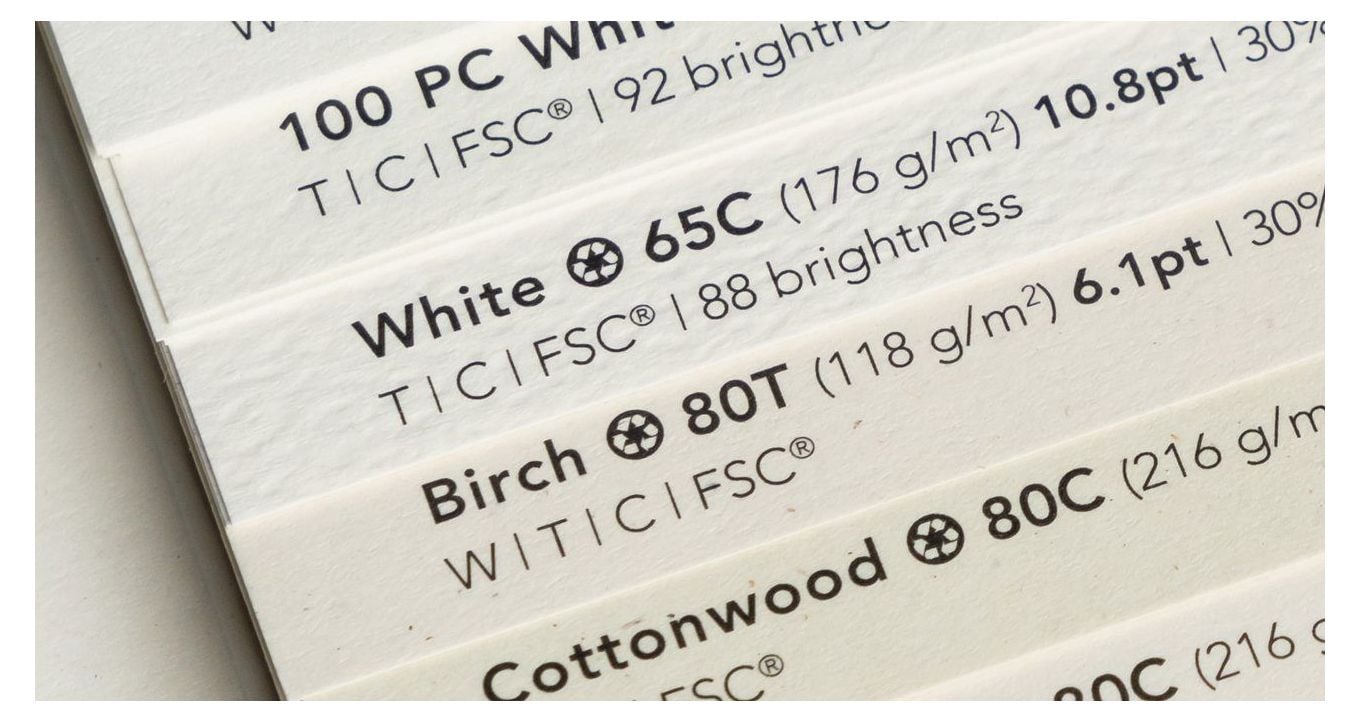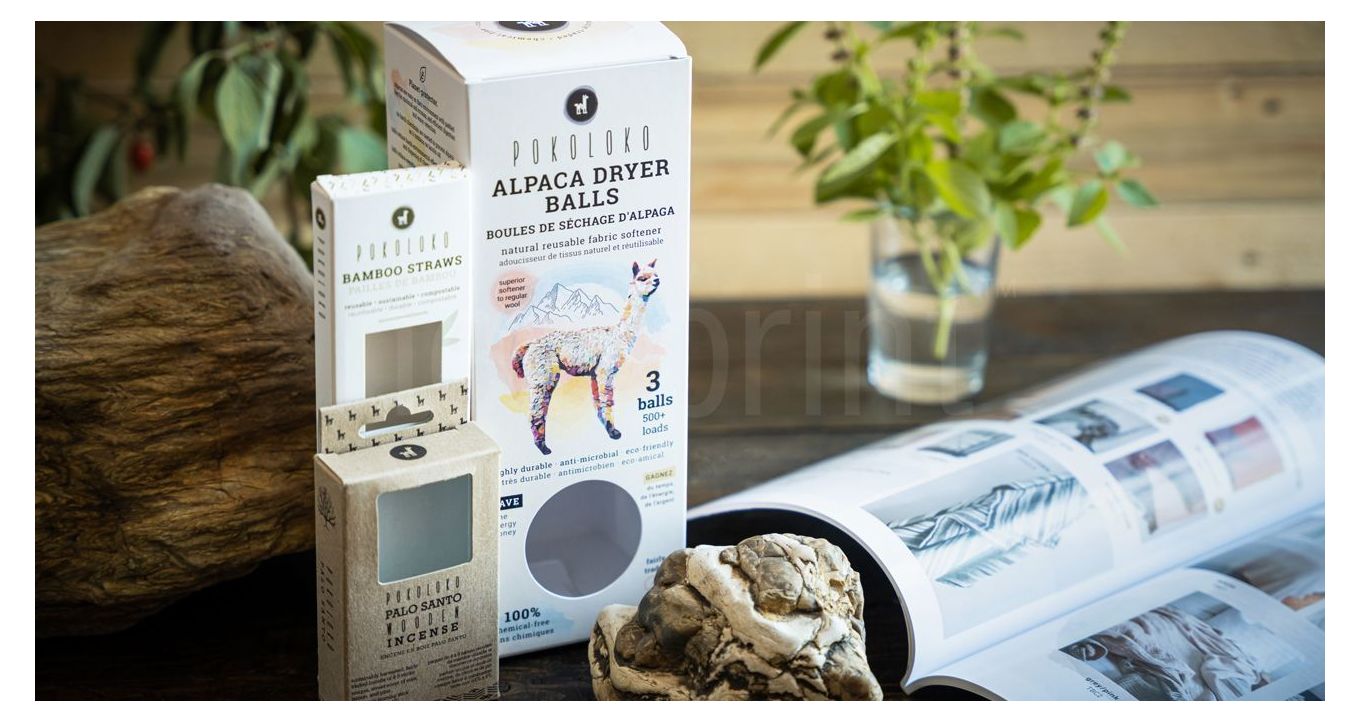How to choose the right paper for printing projects is a very important question. Although the answer is not simple, we have some guidelines to help you.
Running a business is always challenging. There are many decisions to be made. And it can take a lot of work to make all the right choices.
When it comes to packaging or printed marketing materials, many aspects should not be overlooked. Between style, design, quantities, and other "big" decisions, the paper choice might seem to have a minor role in the overall result. But, it is not the case. The right paperboard can elevate your design and make the difference between good and great. That's why knowing how to choose the right paper for printing projects is important.

The choice can be overwhelming if you are not familiar with the basics. But the good news is you are not alone in it. Your printer can help you make an informed decision. In this article, we are going to help you understand your choices.
Pt vs. lb
If you are not experienced, it can be challenging to know what to make of the measurements when it comes to paper. Different measures used can confuse people easily. But there are some pointers to help you understand what you need. And once you have this base knowledge, it can be easier to discuss fine details with your printer. It is always good to speak the same language with your business partners. Both figuratively and literally.
Some papers you will see measured in pt, and others in lb.
Points are used to measure the thickness of the paper. One point equals 0.001 inches. So, seeing an 18 pt SBS paperboard means it is 0.018 inches thick.
On the other hand, lb is used to measure the actual weight of paper. So 80 lb paper means that one ream of that paper stock weighs 80 pounds. There is no direct translation between the two measures. The thing to remember is that for both measures, the higher the number, the heavier the paper stock is.
This is important because not all the products have the same requirements. Heavier the stock, it is more rigid and harder to fold. The thinnest options are easier to fold but less durable. Most products need stock in the middle between the two extremes, which are durable but flexible and not hard to fold.

Text vs. Cover Paper
Another thing to consider is whether you need text or cover paper. The fact that, for example, 80 lb cover paper is thicker than 80 lb text paper can be confusing. But this is where the points come to play. Different stocks (text and cover) with the same weight have different thicknesses (their pt measure will not be the same).

Although this may sound very complicated, you do not need to remember all the details. The purpose of this explanation is to gain general knowledge and to get familiar with the terms used in the industry. This will make it easier for you to follow the conversation when you discuss fine details with your printer.
What you need to remember is this:
Text paper is thinner, easier to fold, and less durable. Think of the pages of the book, magazine, or paper you use for your home or office printer. It is most often used for inside pages of printed materials with cover, or simple documents, letterheads...
Cover stock is thicker, harder to fold, and more durable. It is often used for covers of books and magazines (thus the name), brochures, business cards, catalogs...
Thicker folding paperboard is used for packaging projects as it must withstand the product's weight. As we already mentioned, the thicker the paper the harder it is to fold. That's why you will get your boxes pre-scored for easier handling. This means we will make folding lines in it; all you need to do is assemble it.

Coated vs. Uncoated Paper
Uncoated paper has a more natural look than coated paper. Because there is no coating, this paper is very absorbent. With lighter paper, ink may bleed through it. It is best used for text-heavy projects, as it is easier to read from than coated paper. It is also the best option if you must write on it. On the other hand, it is not suitable for image-heavy projects as the colours tend to appear more muted.


Coated paper has an additional coating, as the name suggests. This makes the paper less absorbent, and colours more vivid and vibrant. This makes it an excellent option for projects with many images and considerable ink coverage. However, the text may be harder to read on this paper, and there are better options if you plan to write on it. The coating also gives the paper a certain level of shine.


Special Papers
We have tried to mention the information you will most likely need and the terms you will most likely encounter. However, there are far more possibilities than the ones we already covered. If you feel your project requires something different than what you've already seen, make sure you mention it to your printer. There are many more options available to choose from. Different colors, different textures, different thicknesses. It is very unlikely that you won't find something that suits your needs on the market.

Silk paper is one of the more widely used options for projects that need a touch of sophistication and a high-end feel. Black or dark green coloured paper with a rougher texture, or a silky pearl option soft to the touch with added shimmer - it all depends on the product, the message you want to send, and the image of your company. That's why clearly explaining the project to your printer is a good idea. They might be able to recommend options you are not even aware of. Our suppliers, including Neenah, Mohawk, Domtar and others offer many reliable options we are confident to recommend.

FSC Certified Papers
Paperboard is by nature eco-friendly, as the recycling processes are very well developed. But, you might want to take it one step further, ensure you utilize recycling to the maximum, and decide on paperboard made of recycled content. As an example Rolland Enviro® Print is made of 100% recycled content. There are numerous possibilities, and industry progress has made a trade-off between quality and eco-friendliness a thing of the past. Many aesthetically pleasing options are eco-friendly, and their quality is superb. You can decide on more rustic, natural-looking, textured kraft paper or choose one of the eco-friendly coatings and finishing options (from companies like Derprosa or Actega) to achieve a smoother look and vibrant colours. By using FSC-certified papers, you support responsible forestry, making our planet a better place.


We hope you have found some valuable information to help you understand how to choose the right paper for printing projects. Our team is always glad to answer any additional questions you may have about the topic, so do not hesitate to contact us.












